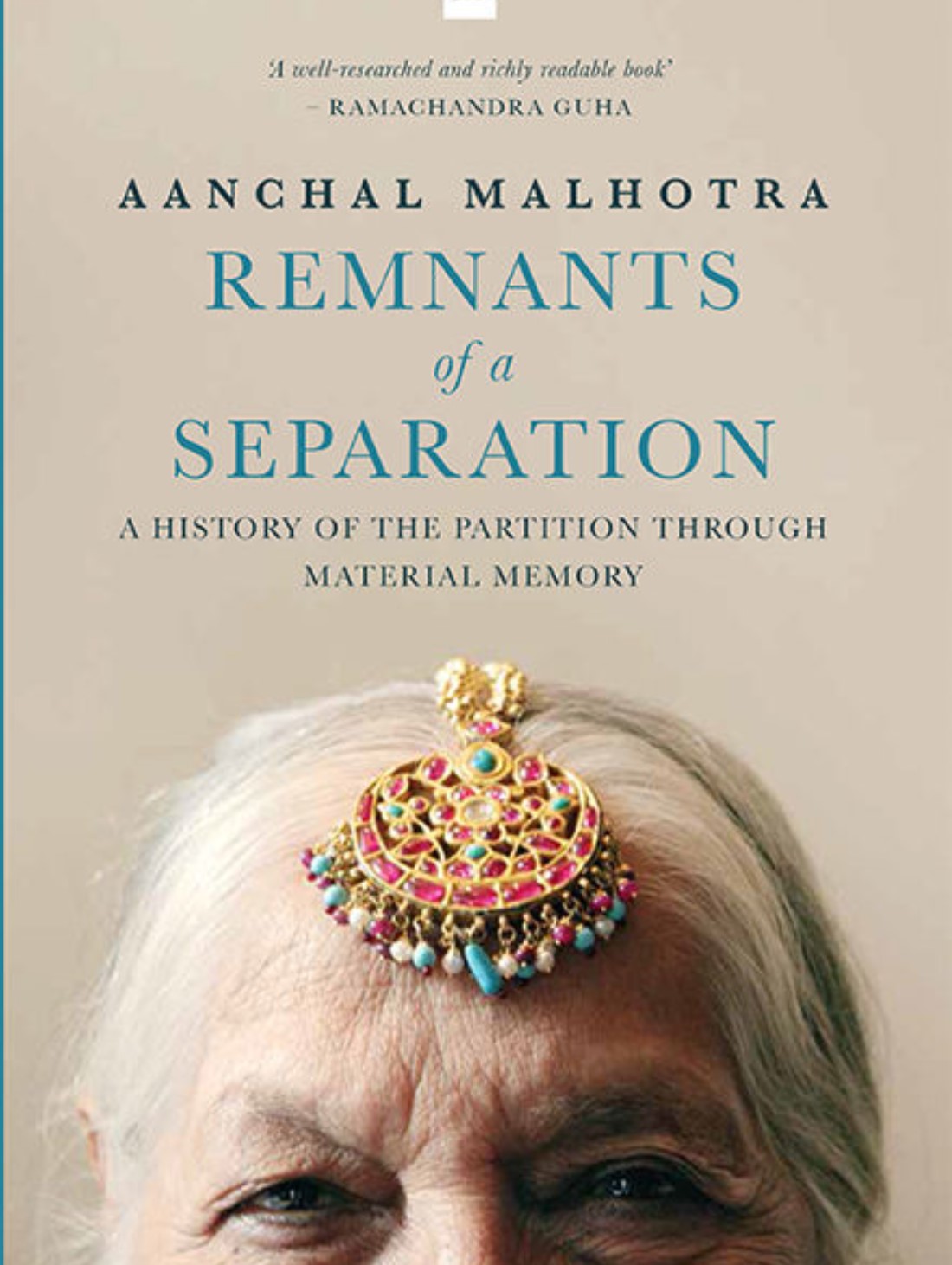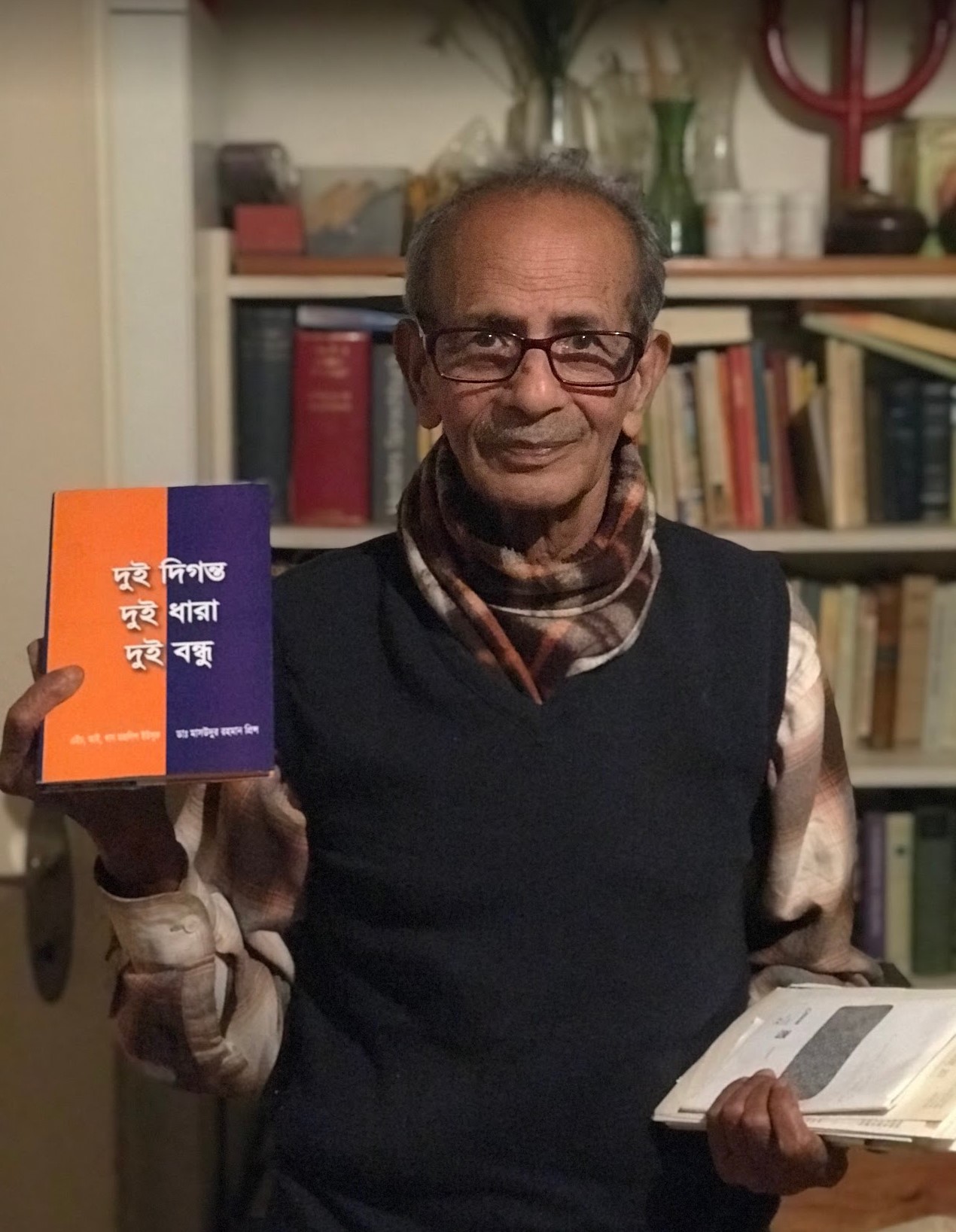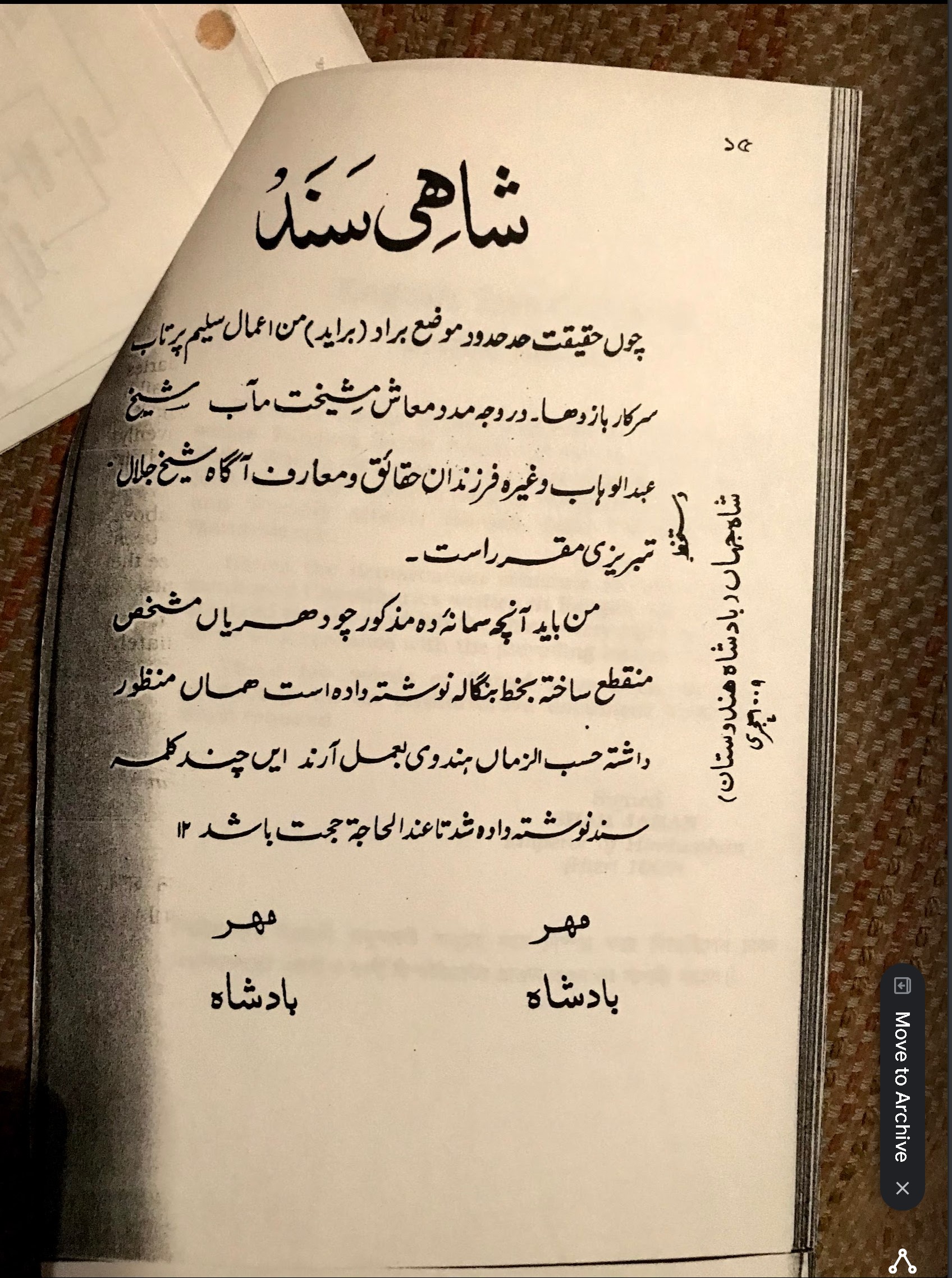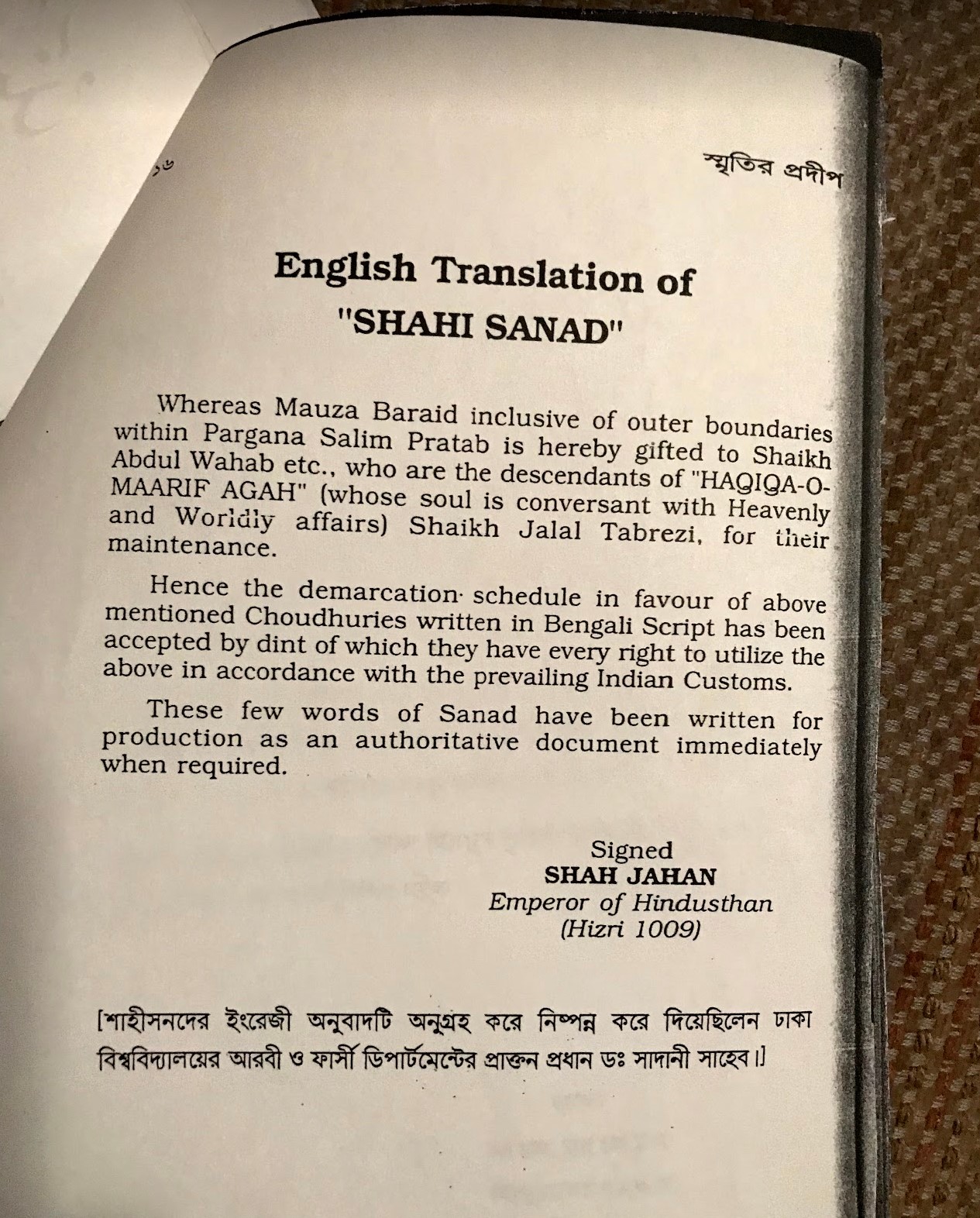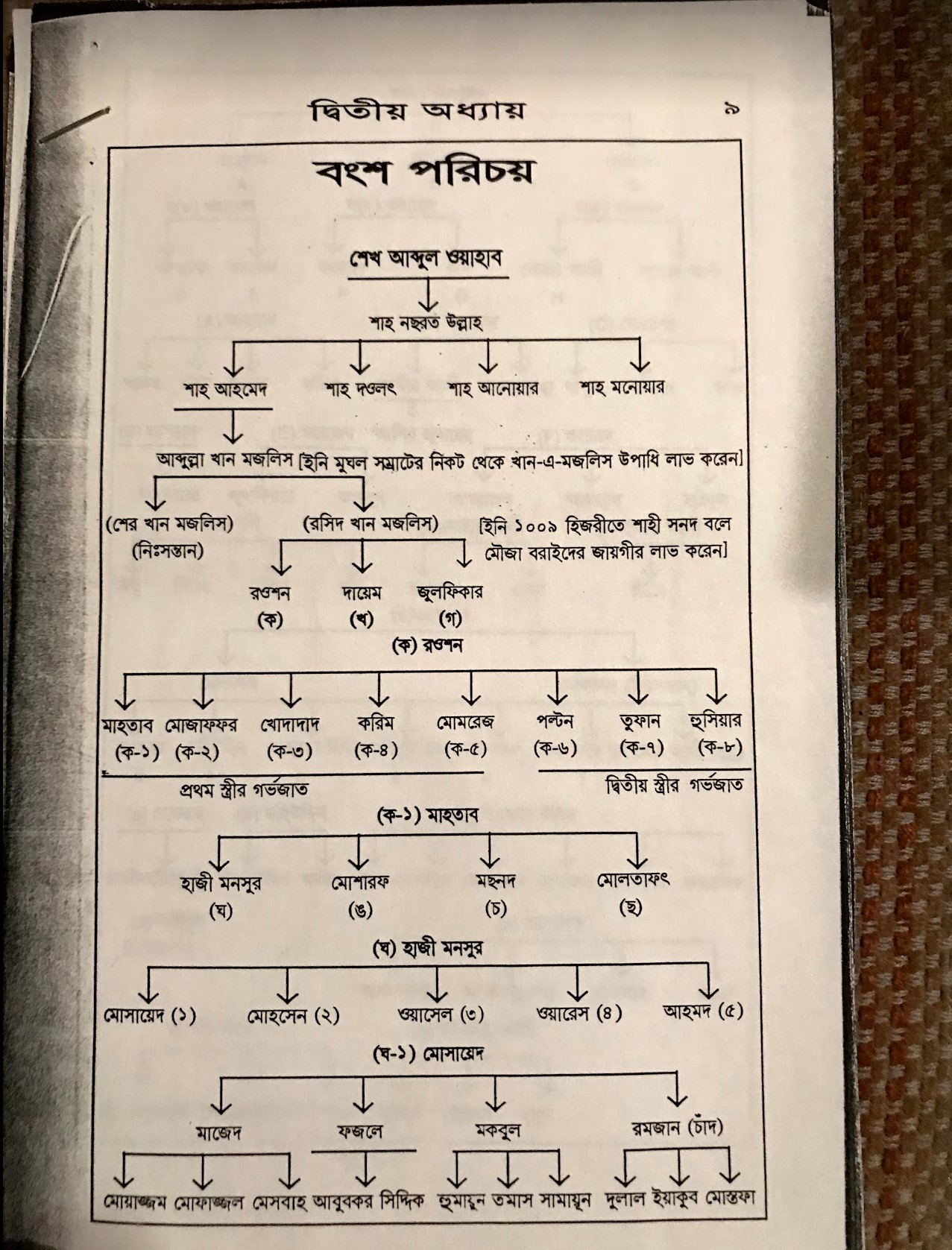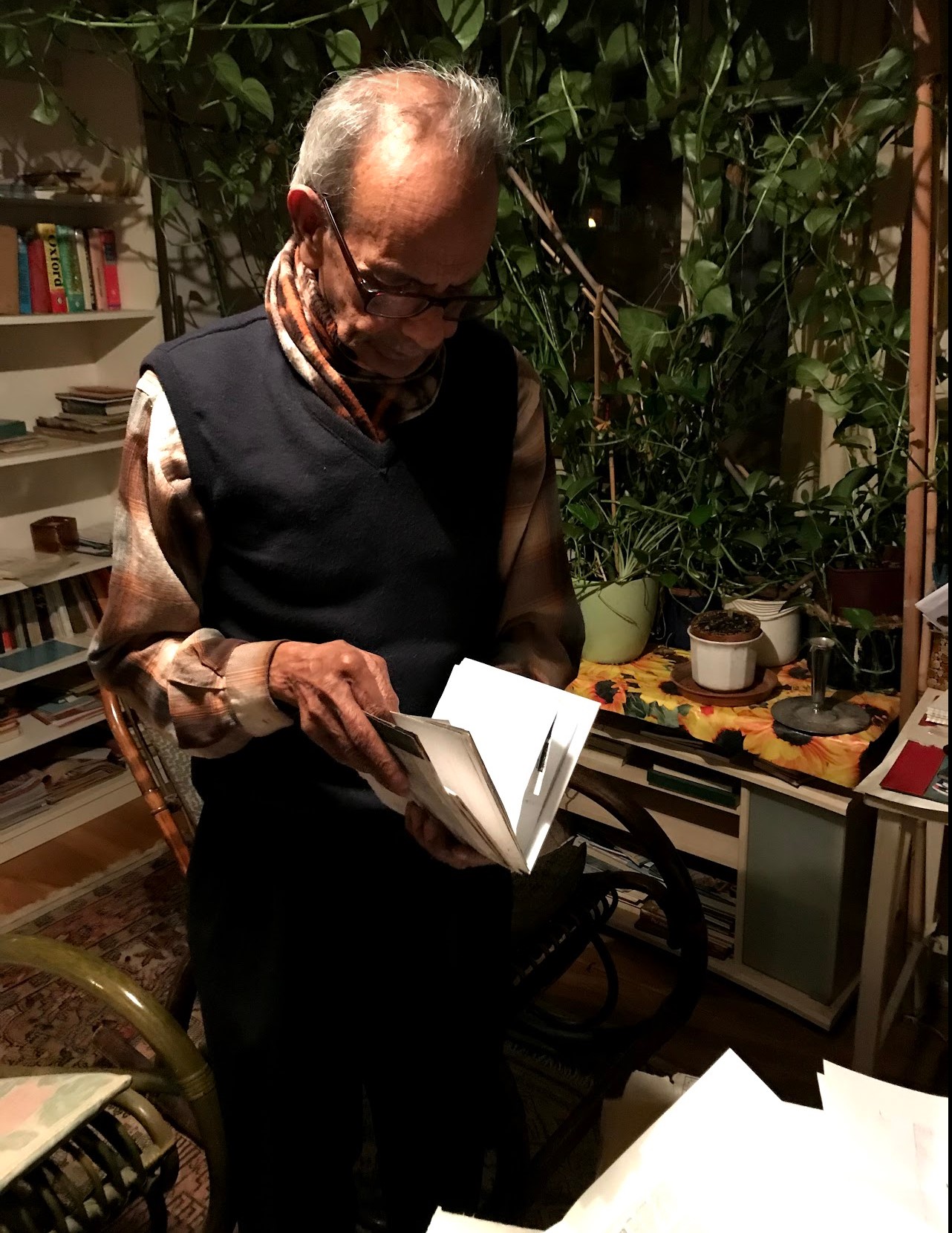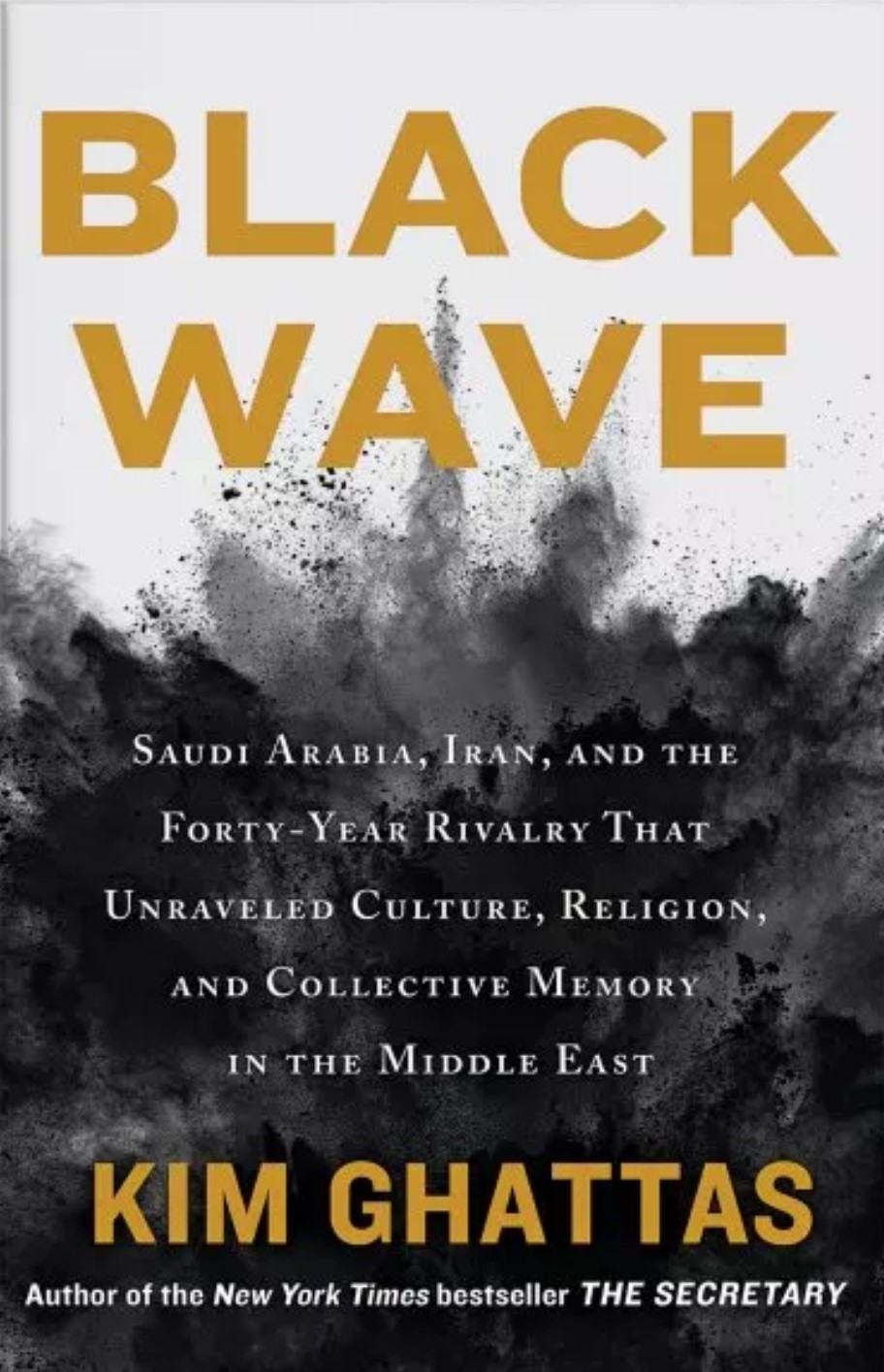
There are conspiracy theories, and then there is Josy Joseph. His book Feast of Vultures was rooted in real stories, often backed by personal experience or sometimes even by facts. Unfortunately the same cannot be said about his latest book. Josy seems to have lost the plot when he treats his sources differently when they feed him ‘stories’ which suit his narrative and when they don’t. At the beginning of the book he mentions how the intelligence officers often feed false stories to journalists, and hence he mistrusts them to a great extent. But when these ‘stories’ suit his narrative, Josy readily accepts them and gleefully boasts of having access to ‘insider’ and ‘sinister’ plots which have been conjured up in the minds of the ‘evilest’ top-brass.
He raises questions about how Afzal Guru was an innocent bystander and was a scapegoat after the Parliament attacks of 2001. However, one only has to read Rahul Pandita’s book to get to the truth. Rahul has clearly presented the facts when he presents the links of Afzal Guru with these Islamic terrorists hiding in plain sight in Pakistan. But that’s too much to ask of Josy because he is clearly blinded by the blinkers.
Josy writes about how ‘hindu terror’ or ‘saffron terror’ was unearthed by NIA during UPA regime, and then posits this theory that because this does not suit BJP, all the accused were let go of lightly. Would, say, Sadhvi Pragya be so naive that she would use her own two-wheeler for carrying out attacks? But such simpleton questions would baffle Josy so he does not even bother to ask them.
He mentions in his book the chapter of Kasab and other terrorists attacking Mumbai on 26/11, but comfortably ignores how the stooges of Congress / UPA had released a book after 26/11 which claimed that 26/11 was an RSS plot! Josy, as expected, does not write a word about this. Not even a hint. Of course Josy won’t because when you have an agenda at the back of your mind, incovinient facts are to be ignored and brushed aside.
As per Josy, the two dozen or so intelligence agencies are an evil manifestation of bad State actors, who can’t think of anything else but to create havoc in the state. Josy, as would be apparent to the reader by now, is a typical journalist who sits in his ivory tower and keeps pointing out how the armed forces, police, politicians, intelligenc officers, informants are not only imperfect, but even conniving at each breath on how to fool the public, the journalists, and the world at large. One would infer from Josy’s criticism, that when a terrorist enters Kashmir with a gun, the military should present the law book to the terrorist, outling what the terrorist’s rights and duties are. And in case the terrorist crosses the line, which would be a rare occasion as per Josy, then the military should take recourse in the laws of the land and go through a ‘proper’ process through the judiciary.
I am glad that people like Josy are confined to the journalistic world, having no real-world experience dealing with terrorists, gangsters, anti-nationals etc. Because only the theorists and purists can revel in their own utopian principles of ethics, equality, and kindness. It is because of this parasite called “fourth pillar” that India as a country has been weakened from the inside, like a moth-infested beam. It is not journalism but disguised-journalism that is the real enemy of India. What exactly are these so-called journalists upholding? If India fails to avert a terrorist attack, these journalists gleefully roast the security establishment and political masters of being a failure; but when the security establishment / politicians are able to nip terrorism in the bud, these ‘journalists’ smell a fish and suspect foul-play.
My disgust for journalism and especially the holier-than-thou attitude of those in this ‘establishment’ has grown by leaps and bounds over the years. Noam Chomsky could not make an iota of a difference in this world for a reason. Arundhati Roy likes to go on ‘explorative naxal’ trips and then write books and articles but cannot dent an inch of the government, and that’s like this for a reason. And the reason is that these people and ‘thinkers’ are stuck in their textbooks of ethics and morality. They scored 90% percentage in their written exams and think they can change the world and fight the enemy based on their 90% score! Welcome to the real world, folks!
I would not recommend this book as it is full of hypotheses, fact-less pronouncements, personal disgust, political agenda, and even laughable, if not derisive, conjectures. His first book was way better, but somewhere Josy seems to have lost it. I will wait till he veers back to the track.


